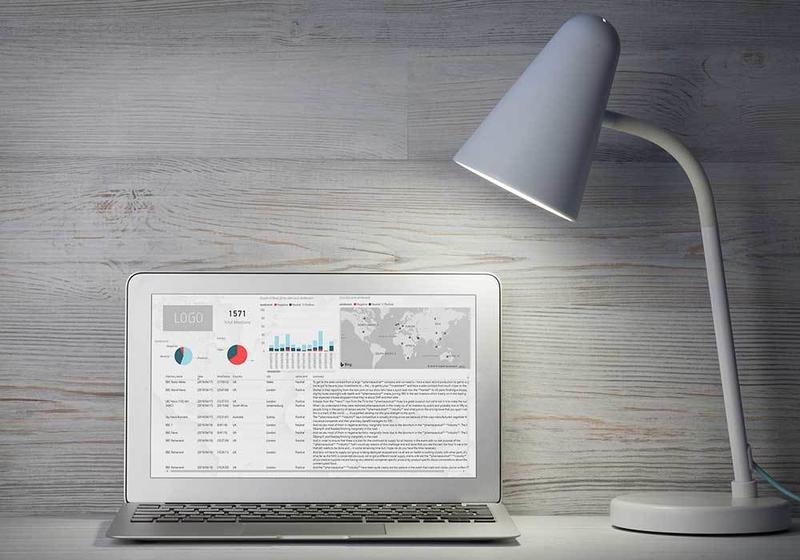
Business Intelligence (BI) is one of the strongest trends in analysis in recent years, with no end in sight. By 2026, the global BI market is expected to reach more than 23 Billion Euros (Valuates Report 2021) compared to almost 16 Billion Euros in 2019. While senior executives nod cognizant when it comes to the topic, everyone else is still wondering what exactly BI is and how useful it can actually be. Here’s everything you need to know about it for now:
Business Intelligence is a relatively modern term. Although it first appeared in the early 60’s as we understand it today, it developed during the mid-80’s and its usage was not widespread until the late 90’s.
Analyst Howard Dresner referred to BI as the ‘concepts and methods to improve business decision making by using fact-based supporting systems’ (Wikipedia). It deals with all the strategies and technologies that help to interpret data and generate important insights from them. Data may be of historical, current or predictive nature, coming from internal (e.g finances and operations) and external sources (e.g news media).
Nowadays, businesses can draw information from an immense number of sources. BI tools facilitate the work of processing and makes sense of this information overflow. Among the most common functions within these tools are for example:
Performing all these strategies and functions yourself would come close to a temporal disaster. Luckily, there are plenty of cutting-edge BI tools ranging from well-known companies like Microsoft or IBM to lesser known but still powerful ones. Businesses integrating one of these tools can benefit from:
The input of external data is not only a valuable tool for the interpretation of changes with a company but also a particularly important factor for forecasting. Often, it is unexpected influences that cause movements in the market and thus also in one’s own company. Therefore, it is crucial to have the most comprehensive set of data available.
eMedia Monitor takes up the task of being the first provider of broadcast data for all commercially available business intelligence tools. eMM’s Data Cubes for BI is an innovative solution that enables the combination of data extracted from media monitoring with the company’s own internal data.
As a result, real-time information from TV and radio channels all over the world is part of the business analysis. Political events, natural disasters, economic changes or adjustments on the stock market price are just a few examples of broadcast data that can have a significant impact on international companies.
This type of data makes business intelligence even smarter – and your decisions the best-informed you’ll ever make. To learn more about how your business can benefit from the integration of eMM’s Data Cubes for BI, contact us and schedule a demo.
You might also be interested in:
Open Source Intelligence - Using freely available information